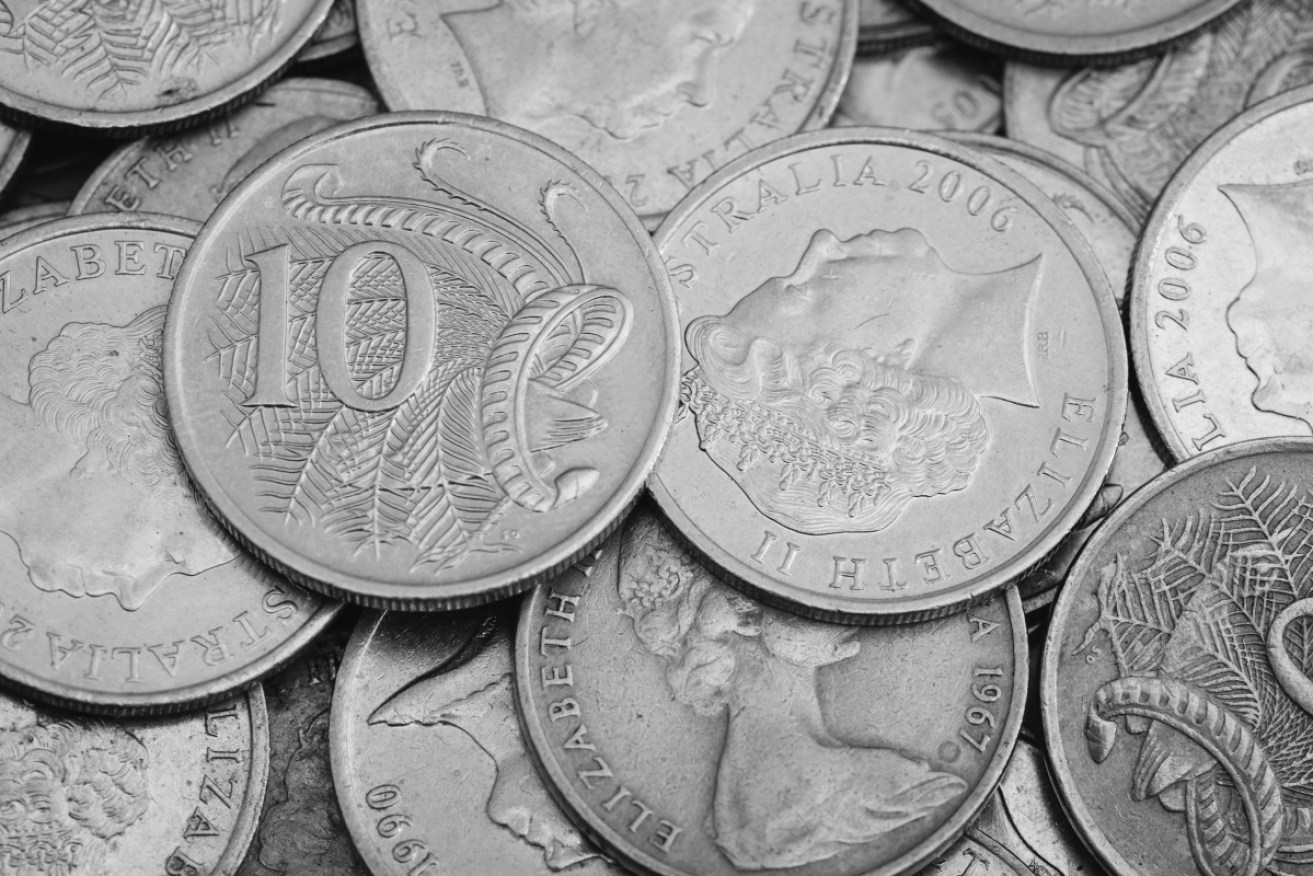Glimmer of hope as wage growth gets tiny boost


The minuscule wage increase came from the public, not the private, sector. Photo: Getty
Australians waiting for a pay rise saw a glimmer of hope on Tuesday when the Australian Bureau of Statistics revealed wages had grown at their highest rate for four years.
It was a minuscule increase – so small it didn’t show up in the rounded out figure of 0.6 per cent for the three months to June.
Nevetheless, it was the highest quarterly increase since March 2014, when the wages grew by 0.8 per cent.
Callam Pickering, economist at jobs site Indeed, said 0.6 per cent growth was in itself a poor result but, in the context of recent wage growth it was a step in the right direction.
The small increase had no effect on the rounded out annual wage growth, which stayed at 2.1 per cent.
That was on a par with inflation, meaning in real terms Australian wages are not growing at all.
The biggest increases came in the public sector, where wages grew 0.6 per cent. The private sector was stagnant at 0.5 growth.
Wage growth in every industry still remains well below the 10-year average, so there is still a long way to go.
Annually, private sector wages grew below inflation, at 2 per cent – meaning private sector workers took a wage cut in real terms. Public sector wage growth was well above inflation at 2.4 per cent.
The Victorian public sector had the highest wage growth of any sector, and was the only one to grow more than 3 per cent a year.
The slowest growing sector was the Western Australian public sector, followed by the Northern Territory private sector.
Mr Pickering said while the small uptick was potentially good news, it was too early to say whether it was a sign of a longer term trend.
Wage growth in every industry still remains well below the 10-year average, so there is still a long way to go.
And industries that perform well are tending to be in the public sector. So once again the public sector is holding up wage growth,” he said.
The Australian Council of Trade Unions interpreted Wednesday’s figures as a sign wages were not growing.
“Wages are not growing for any Australian workers and are going backwards for those in the private sector according to figures released this morning by the ABS,” the union peak body said in a statement.
“The figures show that wage growth is now 2.1 per cent, completely erased by CPI, which sits at 2.1 pre cent. Under the Turnbull government, wages are no longer growing for Australian workers.
The statement said a ReachTel poll conducted for the ACTU found that 80 per cent of Australian workers had either had no pay increase in the past 12 months or had received an increase so small it did not cover increases in the cost of living.
“The latest Household Income and Labour Dynamics survey showed Australia hadn’t had a pay rise since 2009,” the ACTU said. “The median disposable income for an entire household adjusted for inflation was $79,160 in 2016 dollars. In 2016, it was $79,244.”








